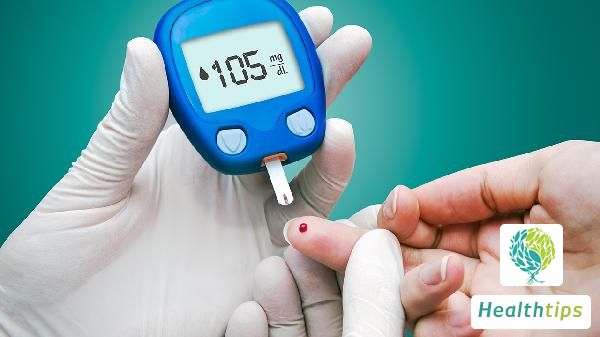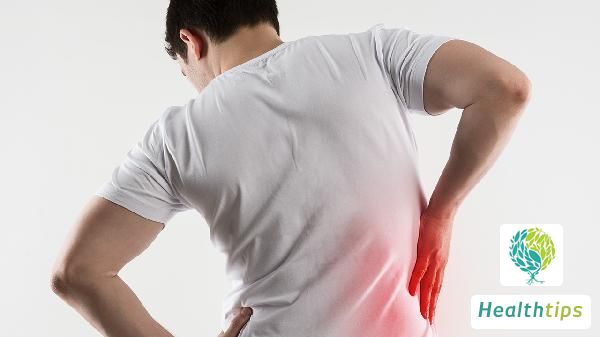Why is my left leg weak, causing me to walk with a limp?
Weakness in Left Leg Causing Walking Difficulty: Possible Causes and Treatments

Weakness in the left leg leading to a limping gait can be attributed to various factors such as overexertion, injury, calcium deficiency, piriformis syndrome, and varicose veins in the lower extremities. It is advised that patients seek medical attention promptly, and once the underlying cause is identified, undergo appropriate treatment under medical guidance. The following are detailed analyses of potential causes and corresponding treatments:
1. Overexertion
Rigorous physical labor or exercise can lead to the accumulation of lactic acid, which can irritate surrounding soft tissues, nerves, and blood vessels, causing edema, pain, and walking difficulty. This may result in a limp. Rest is crucial, reducing unnecessary movement. Applying a hot water bag to the affected area can help improve blood circulation and alleviate symptoms.
2. Injury
Accidental trauma to the leg muscles during walking or exercise can cause mild tears and capillary bleeding, manifesting as mild pain, weakness, and limping. Applying an ice pack wrapped in a towel to the injury within 24 hours can reduce inflammation and bleeding. After 24 hours, a warm compress (40-60°C) can be used to promote blood circulation and relieve pain, repeating the process every two hours for 15-20 minutes at a time.
3. Calcium Deficiency
Dietary habits that exclude or limit calcium-rich foods can lead to calcium deficiency, resulting in osteoporosis, bone weakness, and difficulty walking. Incorporating more calcium-rich foods like lean meat, milk, and eggs into the diet is advised. Additionally, calcium supplements like Risedronate Sodium Capsules, Calcium Lactate Granules, or Calcium Gluconate Tablets can be prescribed.
4. Piriformis Syndrome
This condition arises when the sciatic nerve is compressed by the piriformis muscle, possibly due to leg injury or scar tissue formation. Symptoms include numbness, pain, and weakness in the lower extremities. Physical therapies like electrotherapy, ultrasound, and cold therapy can be administered every two days for approximately 10 days to alleviate symptoms. Medications like Meloxicam Tablets, Diclofenac Sodium Sustained-Release Tablets, or Celecoxib Capsules may also be prescribed.
5. Varicose Veins in the Lower Extremities
Prolonged sitting or standing can impair superficial venous function in the lower legs, causing increased venous pressure, dilation, and tortuosity of veins. This may lead to a sensation of heaviness, aching, and generalized fatigue. Wearing compression stockings or bandages can help improve circulation. Medications like Aspirin Enteric-coated Tablets, Ethoxyflavone Tablets, or Ipriflavone Capsules may be prescribed.
In daily life, engaging in appropriate physical activities based on one's health condition can enhance blood circulation and strengthen the immune system. When standing or sitting for extended periods, taking brief walks and stretching the neck and waist can maintain musculoskeletal health.



















